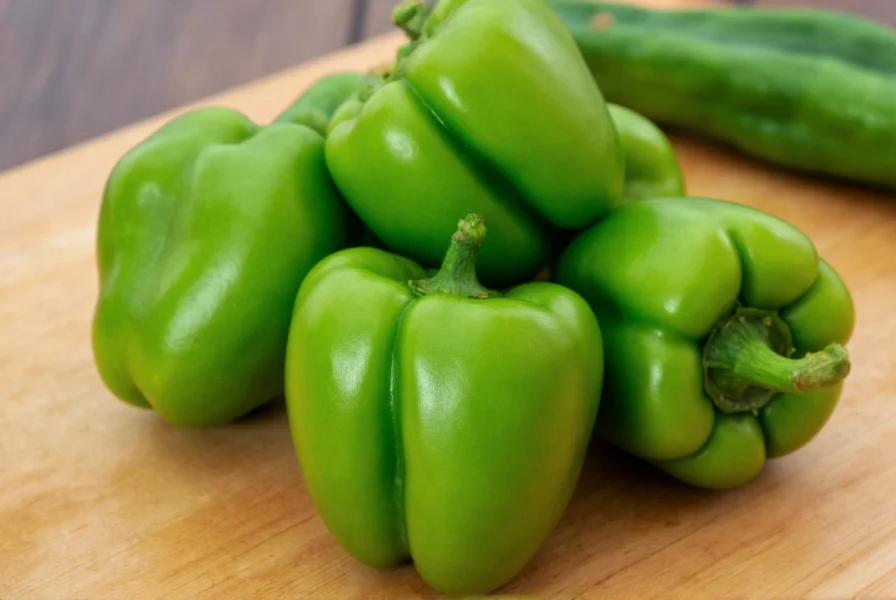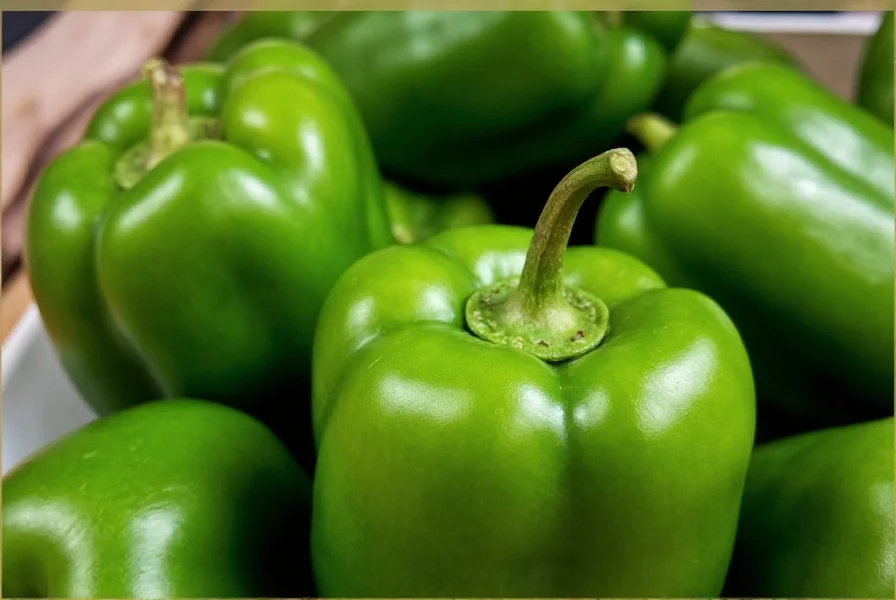Yes, poblano peppers are mildly hot, typically measuring between 1,000-2,000 Scoville Heat Units (SHU). They rank among the mildest chili peppers commonly used in cooking, significantly less spicy than jalapeños (2,500-8,000 SHU) and dramatically milder than habaneros (100,000-350,000 SHU).
When exploring is poblano pepper hot, it's essential to understand where this versatile pepper falls on the heat spectrum. Poblanos offer a gentle warmth that enhances dishes without overwhelming them, making them ideal for those new to spicy foods or seeking subtle heat in recipes. Unlike many chili varieties, poblanos provide complex flavor notes of earthiness and slight fruitiness alongside their mild heat.
The heat level of poblano peppers can vary based on several factors. Growing conditions significantly impact their spiciness—peppers exposed to more stress (like less water or higher temperatures) often develop more capsaicin, the compound responsible for heat. The maturity stage also matters: green poblanos (harvested early) tend to be milder, while red-ripened poblanos (called ancho peppers when dried) develop slightly more heat along with sweeter, raisin-like flavors.
| Pepper Variety | Scoville Heat Units (SHU) | Heat Level Description |
|---|---|---|
| Poblano | 1,000-2,000 | Mild warmth, subtle earthy notes |
| Jalapeño | 2,500-8,000 | Moderate heat with grassy flavor |
| Serrano | 10,000-23,000 | Sharp, bright heat |
| Habanero | 100,000-350,000 | Intense, floral heat |
Understanding how hot is a poblano pepper compared to jalapeno helps home cooks make informed choices. While both are common in Mexican cuisine, poblanos deliver about one-fourth to one-half the heat of jalapeños. This makes poblanos excellent for stuffed pepper recipes, chiles rellenos, and sauces where you want flavor without intense spice. Many people wonder are poblano peppers spicy in recipes—the answer depends on preparation. Removing seeds and membranes (where most capsaicin concentrates) reduces heat significantly, while roasting enhances their natural sweetness.

One fascinating aspect of poblano pepper heat level chart analysis is their natural variability. Even within the same plant, individual poblanos can range from barely detectable heat to noticeably spicy. This variation explains why some cooks report inconsistent results. If you're sensitive to spice, always taste a small piece before committing to a recipe. For those seeking mild chili peppers for cooking, poblanos consistently rank among the top recommendations from culinary professionals.
When handling poblano peppers, wear gloves if you have sensitive skin, as capsaicin can cause irritation. Proper storage extends their shelf life—keep them in the refrigerator's crisper drawer for up to two weeks. For long-term use, roasting and freezing preserves both flavor and texture. Understanding poblano pepper Scoville scale measurement helps explain why they're so versatile in dishes ranging from breakfast eggs to complex moles.

Chefs often select poblanos specifically because their mild heat allows other ingredients to shine while still providing depth. Unlike hotter peppers that can dominate a dish, poblanos contribute complexity without overwhelming. This makes them perfect for introducing children to spicy foods or creating crowd-pleasing dishes for mixed tolerance groups. When substituting in recipes, bell peppers work for zero heat, while jalapeños provide noticeably more spice if that's desired.
For gardeners curious about why are some poblano peppers hotter than others, the answer lies in both genetics and environment. Soil composition, water availability, and sunlight exposure all influence capsaicin production. Some heirloom varieties naturally run hotter than commercial hybrids. Monitoring these factors helps growers produce peppers with more consistent heat levels.
How does poblano pepper heat compare to bell peppers?
Poblano peppers have mild heat (1,000-2,000 SHU) while bell peppers register at 0 SHU with no capsaicin. Poblanos provide subtle warmth and earthy flavor that bell peppers lack, making them suitable for dishes needing gentle spice.
Can you eat poblano peppers raw?
Yes, poblano peppers can be eaten raw and are commonly used in salads and salsas. Their thick walls make them more substantial than thinner-skinned peppers, and their mild heat won't overwhelm other ingredients when raw.
Why do some poblano peppers taste hotter than others?
Natural variation occurs due to growing conditions, seed placement within the pepper, and maturity level. Stress factors like water scarcity increase capsaicin production, while seeds near the stem typically contain more heat compounds than those at the tip.
What's the difference between poblano and ancho peppers?
Ancho peppers are simply dried poblano peppers. When poblano peppers ripen to red and are dried, they become anchos with slightly more concentrated heat (1,000-2,000 SHU vs. 1,000-1,500 SHU for green poblanos) and develop sweet, raisin-like flavor notes.
How can I reduce the heat of poblano peppers in cooking?
Remove all seeds and white membranes (placenta), which contain most capsaicin. Soaking sliced peppers in salt water for 30 minutes can further reduce heat. Cooking methods like roasting and peeling also mellow their spiciness while enhancing sweetness.











 浙公网安备
33010002000092号
浙公网安备
33010002000092号 浙B2-20120091-4
浙B2-20120091-4